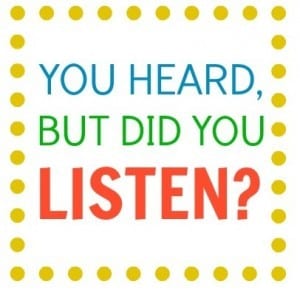
Our online platform, Wiley Online Library () is one of the world’s most extensive multidisciplinary collections of online resources, covering life, health, social and physical sciences, and humanities. With a growing open access offering, Wiley is committed to the widest possible dissemination of and access to the content we publish and supports all sustainable models of access.

Wiley has partnerships with many of the world’s leading societies and publishes over 1,500 peer-reviewed journals and 1,500+ new books annually in print and online, as well as databases, major reference works and laboratory protocols in STMS subjects. Wiley has published the works of more than 450 Nobel laureates in all categories: Literature, Economics, Physiology or Medicine, Physics, Chemistry, and Peace. Children with feeding disorders, food aversions, or selective eating often experience anxiety around food, and the power struggles can negatively impact your relationship with your child. has been a valued source of information and understanding for more than 200 years, helping people around the world meet their needs and fulfill their aspirations. Are you parenting a child with extreme picky eating Having a child with extreme picky eating is frustrating and sometimes scary.
#Selective listening professional#
Our core businesses produce scientific, technical, medical, and scholarly journals, reference works, books, database services, and advertising professional books, subscription products, certification and training services and online applications and education content and services including integrated online teaching and learning resources for undergraduate and graduate students and lifelong learners. This relationship differs for children with and without a reading disorder.Wiley is a global provider of content and content-enabled workflow solutions in areas of scientific, technical, medical, and scholarly research professional development and education. Conclusions: Selective visual attention is related to reading comprehension. We found evidence that for Typical Readers, an indirect model was the best fit, whereas the direct model was the best model for children with a reading disorder. Based on our analysis of variance and correlation results, we collapsed the Dyslexic, Poor Comprehenders and Comorbid Reading Disorder groups for the structural equation modelling. Results: We examined an indirect model, where SVA predicted reading comprehension through word decoding and listening comprehension, and a direct model, which included a pathway from SVA to reading comprehension. The difference between these models was the inclusion of a direct path from SVA to reading comprehension. We fit two possible models: SVA Indirect and SVA Direct. We used analysis of variance, correlations and structural equation modelling to examine the relationship between SVA and reading.

We included measures of single word reading, nonword reading, spelling, phonological processing, vocabulary, receptive language, nonverbal intelligence, selective attention and reading comprehension. We split children into four groups: Typical Readers, Dyslexics, Poor Comprehenders and Comorbid Reading Disorder.
Methods: We used longitudinal data from the Avon Longitudinal Study of Parents and Children.

Background: The purpose of this study was to examine the relationship between selective visual attention (SVA), reading decoding, listening comprehension and reading comprehension in children with and without a reading disorder.


 0 kommentar(er)
0 kommentar(er)
